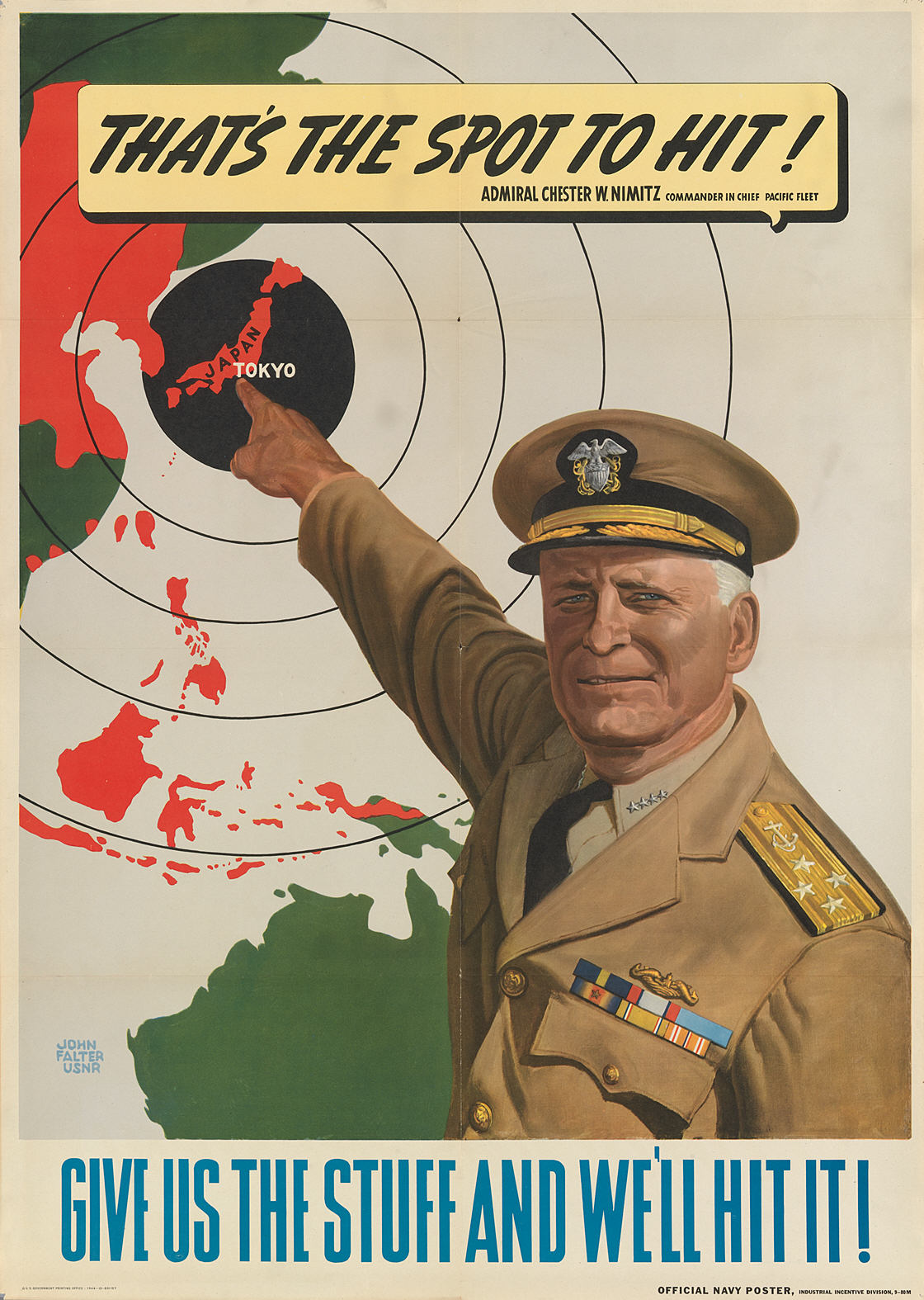Pearl Harbor Remembered

Franklin Roosevelt defined his generation—and momentous era—as few presidents have been able to do. He perhaps best articulated the national mood in a speech he gave before Congress; he asked for a declaration of war on Japan, avowing that December 7, 1941, was “a date which will live in infamy.” The surprise Japanese attack upon the U.S. naval base at Pearl Harbor launched the country into World War II, changing the lives of millions of Americans. Yet there was one individual who was called upon to take a lead role in organizing and coordinating the war in the Pacific theater against Japan—Admiral Chester William Nimitz. Roosevelt named Nimitz commander in chief of the Pacific Fleet and subsequently the commander of the Pacific Ocean Area. Army general Douglas MacArthur commanded the Southwest Pacific Area, which included the Philippine Islands and Australia. America’s third theater commander was General Dwight Eisenhower, in North Africa and on the European continent.

At the start of the war, Nimitz used a defensive strategy to protect Allied supply lines between the United States and the Hawaiian Islands. As the war progressed, and with greater resources of ships—especially aircraft carriers—and planes, he oversaw the taking of such islands as Saipan, Guam, and Okinawa, all potential bases the Allies would need to launch attacks against the Japanese mainland. In an official navy poster printed in 1944, Nimitz is shown pointing to a bulls-eye labeled Tokyo, with the caption, “That’s the spot to hit!—Give us the stuff and we’ll hit it!” In the end, “the stuff” proved to be a top secret—two atomic bombs, which were unleashed not on Tokyo, but on Nagasaki and Hiroshima.
